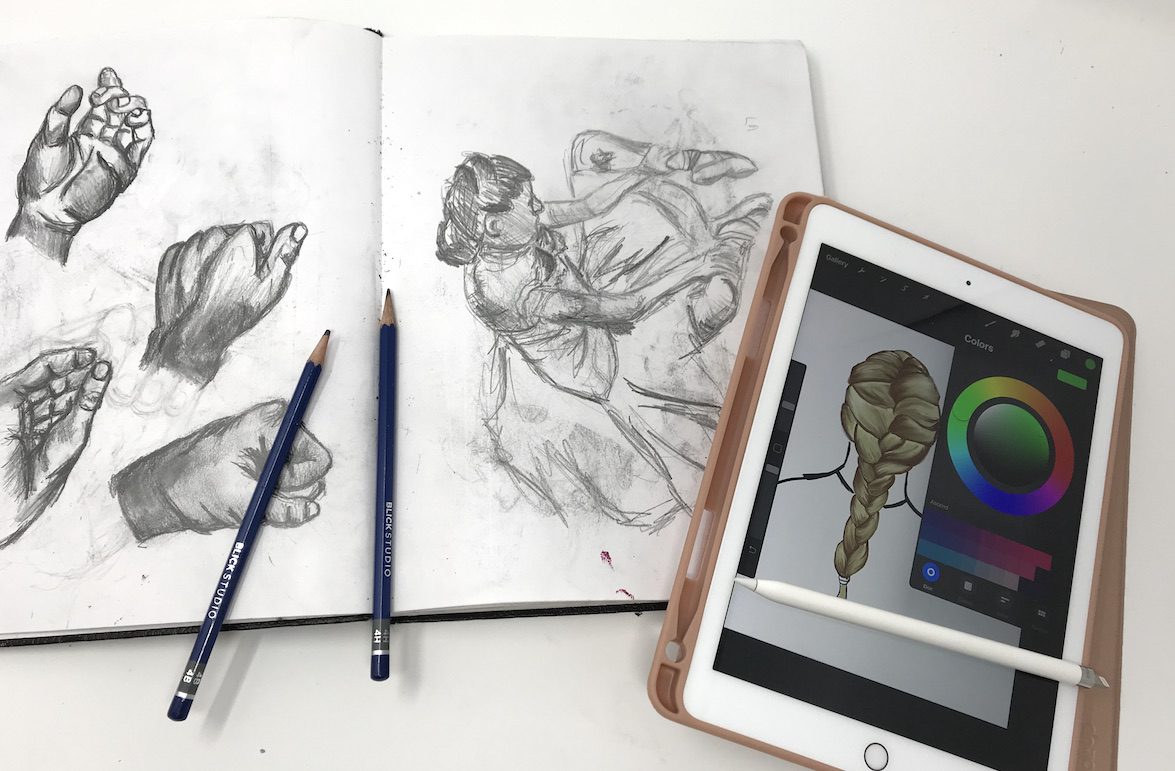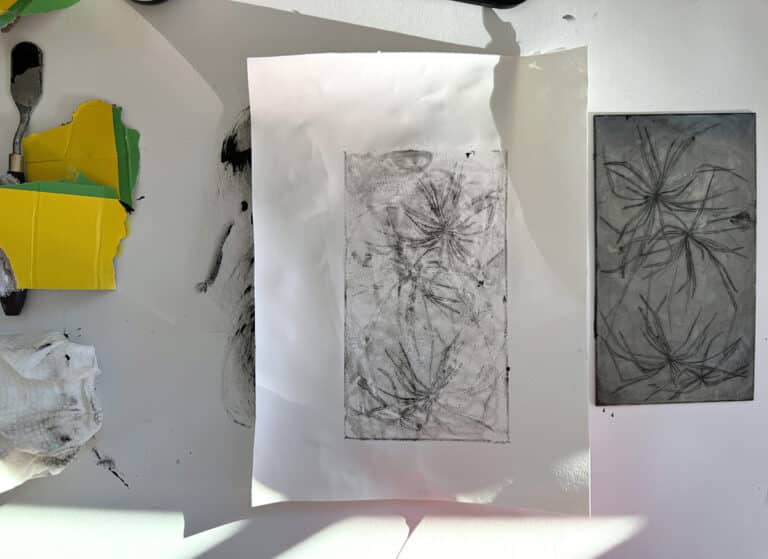Can you identify what all of these careers have in common: Social Media Manager, Lyft Driver, Podcast Producer, Mobile App Developer, Virtual Assistant, 3-D Printer Technician, and Content Marketer? They are all related to technology, but 15 years ago many of these jobs didn’t exist.
We are currently teaching and preparing our students for future careers that don’t yet exist. A study conducted by the Institute for the Future (IFTF) and Dell Technologies concludes that 85% of the jobs that will exist in 2030 haven’t even been created yet. All of these careers will exist because of the ever-changing nature of technology. It’s something that isn’t going away, which is why more schools are infusing digital arts curriculum.
According to the 2019 State of Art Education Survey, 52.2% of art teachers want to learn more about teaching digital art effectively. However, only 21.9% of art teachers feel comfortable teaching a digital arts curriculum.
The want and need to teach digital medium is there, but is it truly important to teach? Will digital art take the place of traditional artmaking?
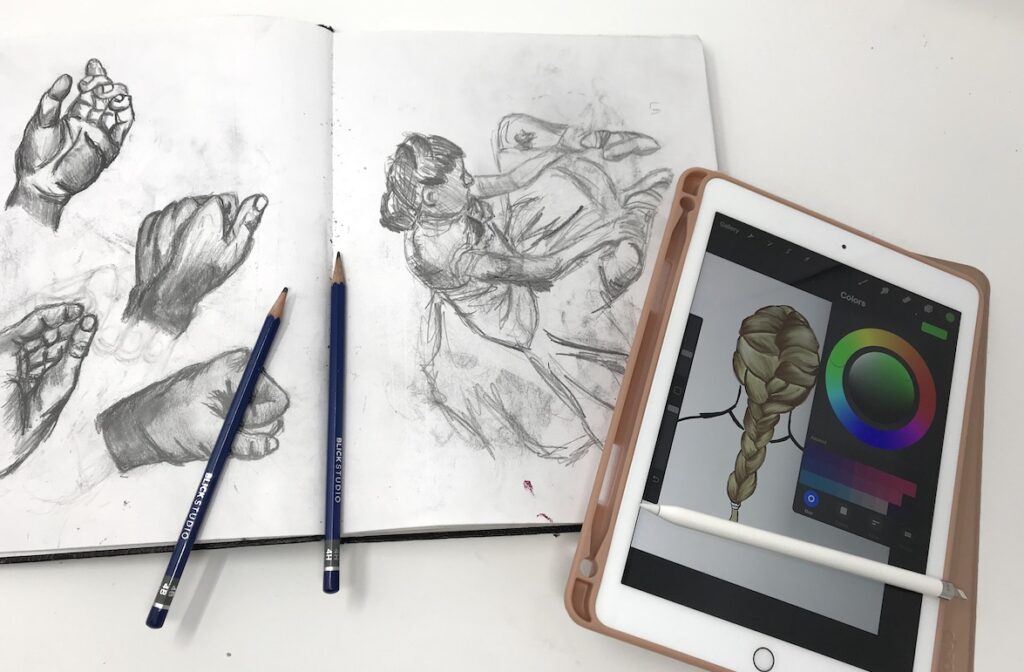
The Importance of Digital Arts Education
Some view technology as a threat to originality and as seeking to replace traditional artmaking. This idea can certainly be worrisome for art teachers. However, studies suggest the use of digital tools in art education increases artistic development and creativity. In a digital age, art teachers feel the need now more than ever to advocate for their programs. A digital arts curriculum can serve as a powerful advocacy tool.
Here are some of the benefits of teaching digital art in your classroom:
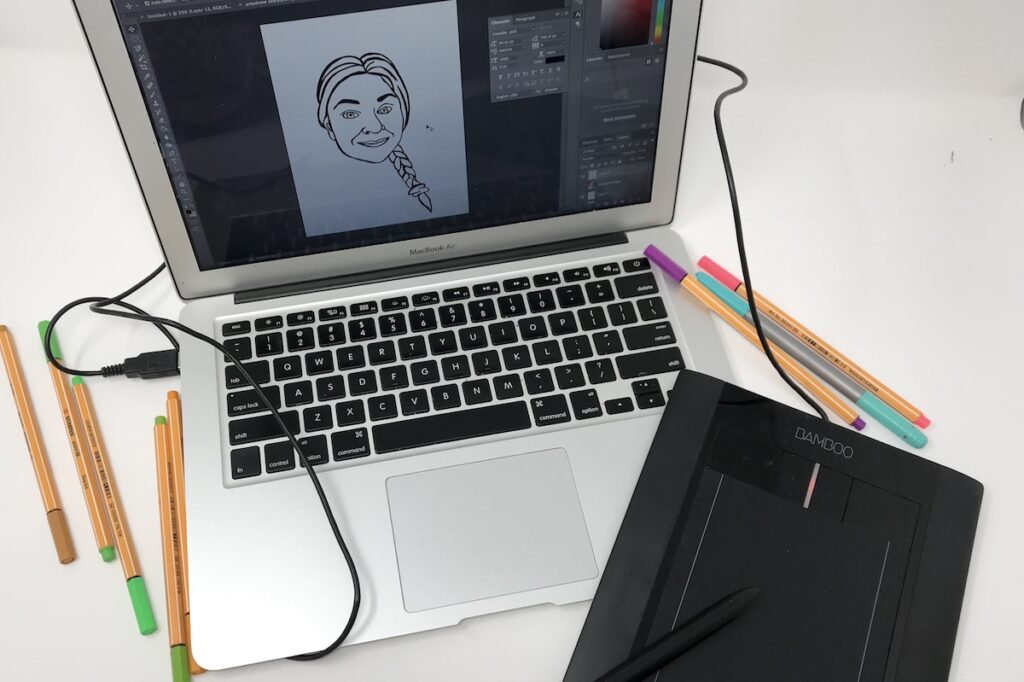
1. Increased Access
Not every student has a set of watercolors or acrylic paint set at home, but many students have access to some type of digital device like an iPad or smartphone. Sure, devices might not be cheap initially, but in comparison to all the consumable tubes of oil paint an artist might buy in a year, the one-time technology purchase makes sense. Yes, technology breaks and needs replacing, but so do paintbrushes and canvases.
2. Convenience
Carrying around the necessary art materials to create as you’d like isn’t always convenient. It’s not always realistic to carry around a set up for plein air painting or to fill up a water cup for watercolor. It can be a hassle. Creating with a digital medium is relatively hassle-free. You can carry your device with you almost everywhere, and it’s always ready when you are ready to create.
3. Instant Sharability
Because digital art creation is already stored on a digital device, it is easier for artists to share their work in it’s highest form. Work can be shared digitally on websites and through social media instantly. Sure, a photograph of a painting doesn’t usually do the physical features of the painting justice, but it can communicate the overall idea.
4. Increased Productivity
Creating digitally saves time. If you make a mistake on a digital drawing or painting, you can simply press the undo button to start over. In a digital creation, you can erase without a trace, change colors easily, and position and resize objects in seconds. You are not limited by the physical features of the material world.
Why Traditional Art Matters
Digital art requires no less skill than traditional artmaking, but it does require a different mode of thinking. Yes, a digital device will have the ability to make a stroke look and layer like watercolor or give the texture of drawing with charcoal. However, when one learns traditional art techniques, they gain a deeper understanding of the materials and what they can do.
Here are some of the benefits of traditional artmaking methods:
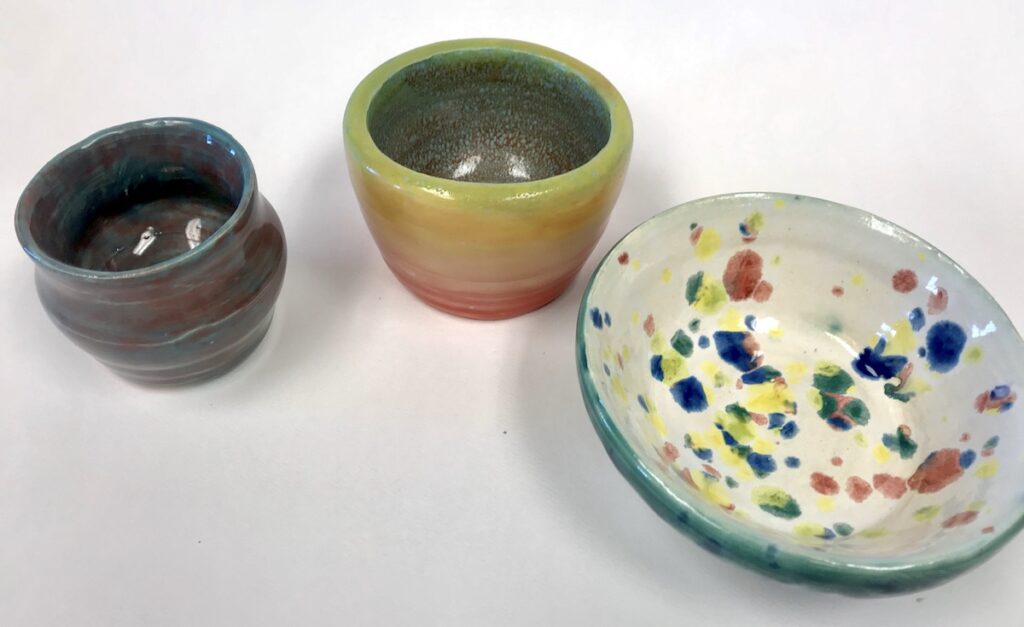
1. Hands-on Experiences
Learning to manipulate a paintbrush to create different paint strokes or using carving tools to create a sculpture provides a physical, tactile experience. Through this experience, you gain a broader view of how materials can be used. The physical creation is good for hand-eye coordination as well as motor skills. Mixing yellow and blue paint to create green is an experience one cannot get the same way by digitally mixing colors.
2. Unique Pieces
Because of the handmade nature of traditional artworks, they aren’t easily reproduced. Each creation is truly a one-of-a-kind piece, unlike a digital creation that can be reproduced and shared instantly. Because of this, traditional art pieces typically have more value than digital art pieces.
3. Increased Versatility
Digital is only one medium while traditional art methods allow you to create with different media. Creating an image with graphite compared to pigmented paint will yield different results and experiences. The outcome of digital art creation typically produces one look of a clean finished product, whereas using different art materials does not.
4. Forced Problem-Solving
Unlike the undo button on a digital device, mistakes can’t always be easily erased. This restriction forces an artist to problem-solve their solution to physically fix their error. Better yet, it encourages an artist to no longer make those mistakes and ultimately improves their skills.
How to Start Infusing Digital Art into your Curriculum
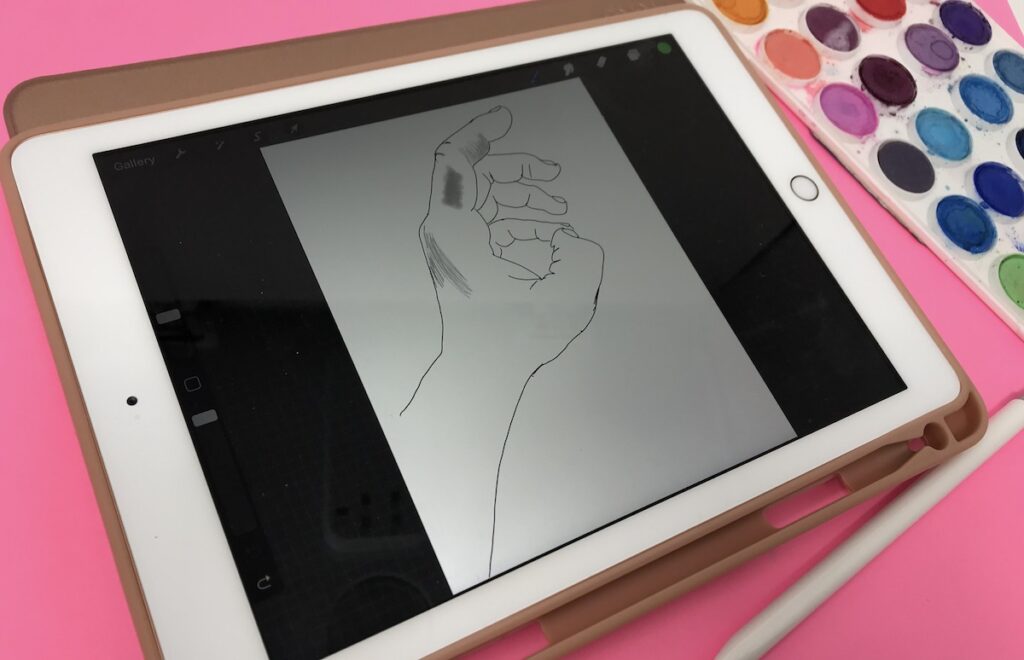
There is no magic to digital tools. The magic comes from how we teach our students to foster their creativity. Generations before us have been using new technologies in different forms. Using chalk on chalkboards and pencils on paper were once novel ideas. Taking a boring worksheet and putting it on an iPad doesn’t make it exciting; it’s still going to be boring.
Exceptional learning can happen with or without advanced technologies, but when it’s done right, it can increase experiences. If you’re not ready to fully immerse yourself in the world of technology, look for ways you can ease in. Instead of replacing traditional artmaking methods completely, look for ways you can enhance them. Assess the concepts that aren’t going well in your classroom; could taking a digital approach improve the process? For example, teaching one-point perspective drawing can be a chore, but learning it digitally might make the process easier while learning the same concepts. Creativity will be the skill of the future. What can we do to help our students gain creative insight within our teaching?
If you’re not sure how to start infusing digital art into your curriculum check out these resources.
- Digital Photography Basics PRO Learning Pack
- Discovering Photoshop Basics PRO Learning Pack
- Digital Animation PRO Learning Pack
- 3-D Printing Basics PRO Learning Pack
- iPads in the Art Room AOEU Course
- 10 Digital Art Projects That Will Spark Student Creativity
- Everyone Can Create Curriculum by Apple
- The Digital Art Teacher
- Digital Art for Beginners by Udemy
Technology isn’t going anywhere, and it will continue to evolve at an ever-changing speed. There’s no doubt that both traditional and digital art creation are essential. As educators, we need to find ways to use them together to create the best learning opportunities we can for our students.
What’s holding you back from teaching digital art?
Why do you feel teaching both digital and traditional artmaking is essential?
Magazine articles and podcasts are opinions of professional education contributors and do not necessarily represent the position of the Art of Education University (AOEU) or its academic offerings. Contributors use terms in the way they are most often talked about in the scope of their educational experiences.
